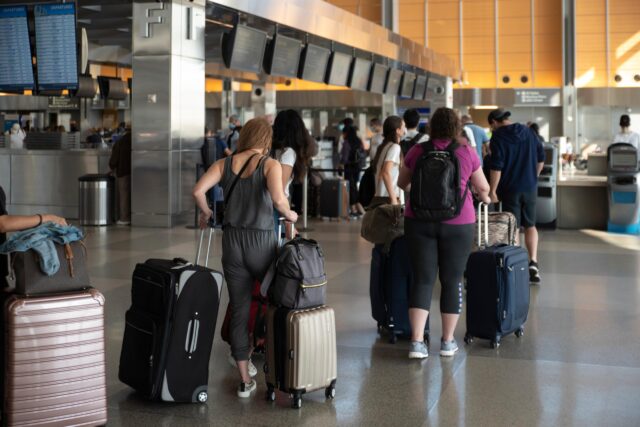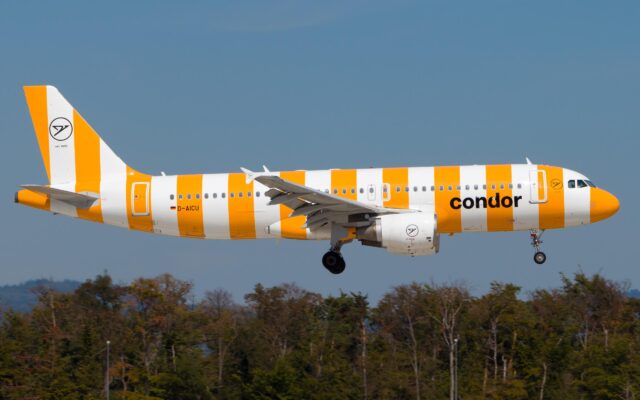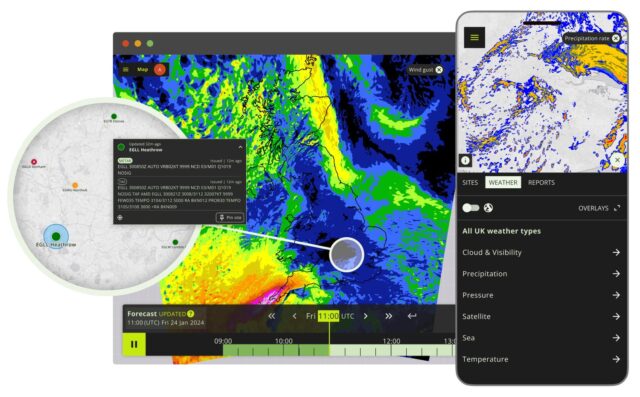Flying kawaii: How Japan’s ‘cute’ culture spread through Asian aviation

August 24, 2025

Japan’s cultural influence has long stretched far beyond its borders, from cuisine and technology to anime and fashion. Among Japan’s many exports, few are as instantly recognisable — or as widely adopted — as kawaii (かわいい), the culture of cuteness.
Today, kawaii is more than a cultural phenomenon — it’s an effective aviation branding strategy. Airlines and airports across Asia have embraced cute characters to create warmer, more playful passenger experiences and to stand out in an increasingly competitive market.
The origins of kawaii
The term “kawaii” roughly translates as “cute.” However, its meaning extends to approachable, friendly, childlike, and endearing.
It began as a decorative style of handwriting among schoolgirls in the 1970s (ultimately banned in many schools for being almost illegible for teachers). But it has evolved over the decades into a charming global aesthetic, influencing lifestyle and fashion.
By the 1980s, kawaii had become a significant force in Japanese consumer culture, adopted by companies like Sanrio and Nintendo. Popular icons like Hello Kitty, Pokémon, and countless adorable mascots embody kawaii.

Its brand appeal lies in emotional accessibility: cute mascots and characters make serious industries — including aviation — seem more human, more fun, and more comforting.
A timeline of kawaii aircraft liveries
Japan’s airlines pioneered the kawaii airline livery trend, setting the standard for others to follow.

- 1998 – ANA launches its first Pokémon Jet, pioneering character liveries in aviation.
- 2005 – EVA Air introduces its first Hello Kitty Jet, themed inside and out.
- 2011–2013 – EVA expands Hello Kitty fleet with multiple designs (Hand-in-Hand, Magic Stars).
- 2016 – ANA retires its Pokémon Jets.
- 2019 – EVA Air debuts the Shining Star Jet (Kikilala/Little Twin Stars).
- 2020 – Solaseed Air unveils Exeggutor Jet; Pokémon collaborations spread to smaller Japanese carriers.
- 2021 – Skymark’s Pikachu Jet and Air Do’s Rokon Jet debut; EVA Air celebrates 30 million Hello Kitty passengers.
- 2022 – Scoot, China Airlines, and T’way Air join with Pokémon Jets; kawaii goes beyond Japan.
- 2023 – ANA revives Pokémon Jets with Pikachu Jet NH and Eevee Jet NH.
- 2024 – EVA introduces the Hello Kitty Besties Jet; Garuda Indonesia debuts its first Pokémon Jet.
- 2025 – Garuda launches the world’s first Pokémon widebody A330 Pokémon Jet, cementing kawaii’s reach into Southeast Asia.
Kawaii in the aircraft cabin
Beyond paintwork, kawaii extends into many service touchpoints:

- EVA Air’s Hello Kitty flights: Passengers receive kawaii at every stage — themed check-in kiosks, pink boarding passes, Sanrio meal sets, and exclusive collectible merchandise.
- ANA Pokémon Jets: In keeping with the kawaii appeal, the airline features Pokémon-themed headrest covers, cups, and exclusive merchandise onboard. In 2024, ANA added in-flight safety and disembarkation videos featuring animated Pokémon Pikachu on all domestic and international flights.
- China Airlines Pikachu Jet (Taiwan): Features themed check-in signage, meals, and crew aprons.
- Scoot Pokémon Jet (Singapore): Features Pokémon headrest covers, snacks, and themed cabin lighting.
These cabin details transform air travel into a unique experience, with passengers often booking flights specifically for the themed service.
Airports embrace kawaii, too
Airports have also adopted kawaii mascots and themed spaces to soften the travel experience:
- Kansai International Airport (Osaka): Promotes Sorayan, a fluffy plane-like mascot.
- Kumamoto Airport: Uses Kumamon, the prefecture’s beloved bear mascot, across signage and promotions.
- Haneda Airport (Tokyo): Hosts Sanrio stores for Hello Kitty fans, including those flying on EVA Air’s Hello Kitty-themed flights out of the airport.
- New Chitose Airport (Hokkaido): Features a Doraemon Wakuwaku Sky Park, with a café, play zones, and gift shops.
- Taipei Taoyuan Airport: Offers Hello Kitty–themed gates, check-in counters, and a family lounge, extending EVA Air’s branding to the terminal.
- Incheon Airport (Seoul): Promotes Pororo the Little Penguin, a Korean cartoon character, to appeal to families.
- Singapore Changi Airport: Runs pop-up Pokémon Centres and character events, including giant Pikachu inflatable exhibits.
Why aviation loves “cute”
In a market where airlines compete not only on price but also on passenger experience, kawaii provides a distinct edge by:
- Creating Instagram-worthy moments that appeal to younger travellers.
- Delivering emotional comfort, particularly for nervous fliers or families with children.
- Opening up merchandising and branding opportunities through exclusive collectables.
- Helping airports and airlines craft an identity beyond functional transport.
Japan’s cute culture is now at cruising altitude worldwide
What began as a cultural trend in Japan has taken wing across Asia. From Pokémon flights in Indonesia to Hello Kitty lounges in Taiwan, kawaii has turned airports and aircraft into playful canvases. As these kawaii ambassadors fly to destinations around the world, they pass on the cute.

In doing so, flying kawaii shows that aviation doesn’t always have to be stressful—it can be fun. A smiley mascot on a boarding pass or a cartoon character on a meal tray can turn the passenger experience into something as memorable as it is delightful.
















